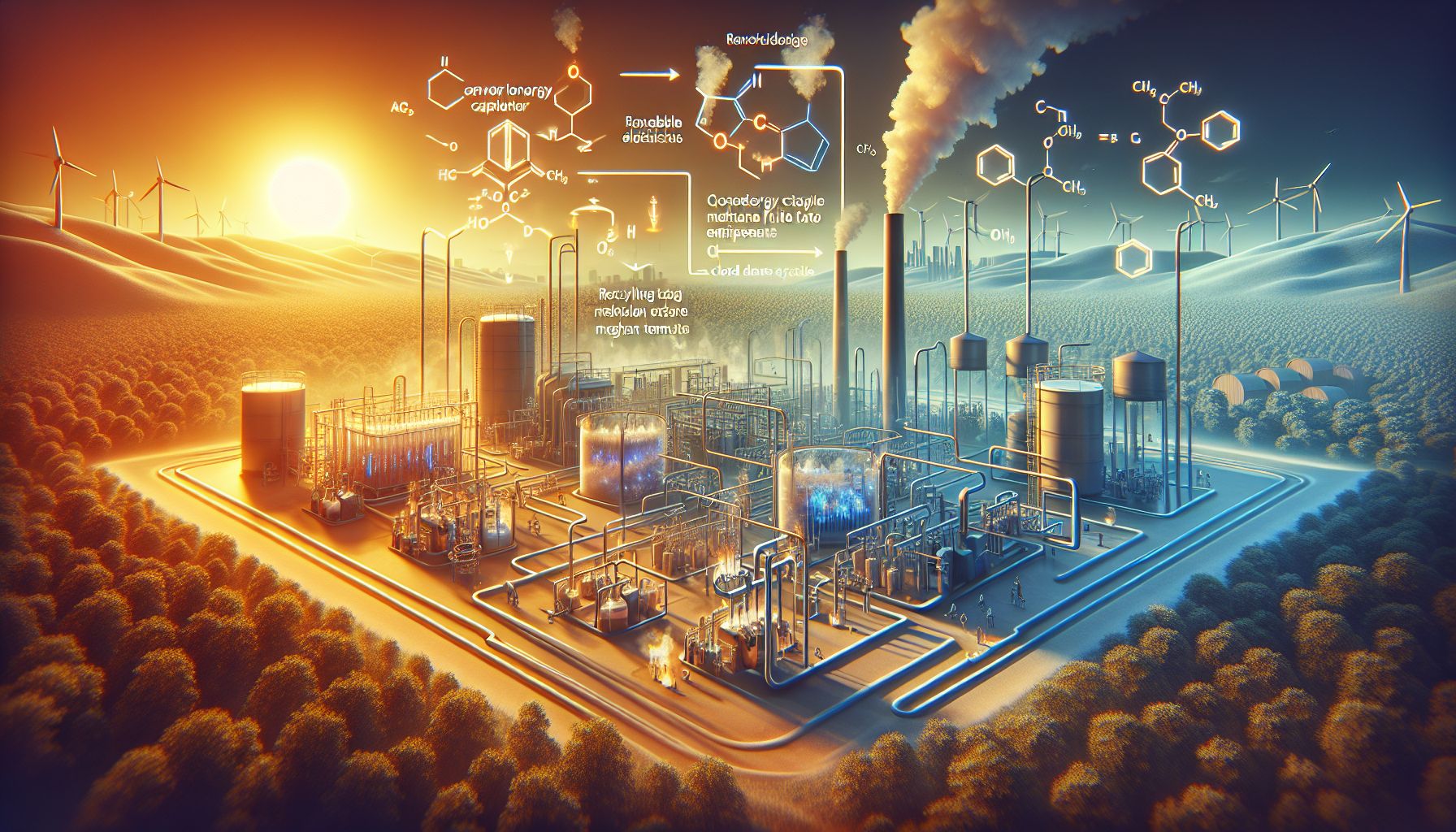Breakthrough: Scientists Turn CO2 into Clean Fuel at Room Temperature

Eindhoven, Thursday, 21 November 2024.
In a groundbreaking discovery, chemists have developed an energy-efficient method to convert harmful CO2 emissions into methane fuel using renewable electricity and a nickel-based catalyst. This single-step process operates at room temperature, marking a significant improvement over traditional methods requiring temperatures above 300°C. The technology could revolutionize carbon capture by creating a closed energy cycle where methane fuel is continuously recycled from emissions, potentially offering a sustainable solution to both energy storage and climate change mitigation. The research team’s innovative approach combines capture and conversion in one step, dramatically reducing energy waste compared to conventional methods.
The Innovative Catalyst Behind the Breakthrough
At the heart of this revolutionary method is a nickel-based catalyst, which plays a crucial role in the efficiency of converting carbon dioxide into methane. Unlike previous techniques that relied on high temperatures and complex catalysts, this approach allows the conversion to occur at room temperature, significantly reducing the energy input required. The researchers, led by Tomaz Neves-Garcia, a postdoctoral researcher at The Ohio State University, emphasize the importance of this innovation in making carbon capture more efficient and environmentally friendly. By utilizing renewable electricity, the process converts a low-energy molecule into a high-energy fuel, offering a promising pathway for sustainable energy production.
A Leap Towards a Sustainable Carbon Cycle
This new method not only improves the efficiency of carbon capture but also opens the door to creating a closed carbon cycle. In this cycle, carbon dioxide, a major greenhouse gas contributing to climate change, can be captured from industrial emissions, converted into methane, and then used as a fuel. When burned, methane releases carbon dioxide, which can be captured again, creating a loop that minimizes net carbon emissions. This process could significantly mitigate climate change by reducing the need for fossil fuels and decreasing greenhouse gas emissions.
Collaborative Efforts and Future Implications
The study, published in the Journal of the American Chemical Society, is a collaborative effort involving researchers from The Ohio State University, University of Sao Paulo, Case Western Reserve University, and Yale University. This cross-institutional collaboration highlights the global importance of developing sustainable energy solutions. The researchers are optimistic about the potential of their findings to inspire further innovations in carbon capture and conversion technologies. By focusing on minimizing energy use and maximizing efficiency, the team aims to pave the way for more sustainable and cost-effective methods of dealing with carbon emissions.
The Path Forward
As the world grapples with the escalating impacts of climate change, this breakthrough represents a significant step forward in the quest for cleaner energy solutions. By turning a greenhouse gas into a renewable fuel, the method not only addresses energy storage challenges but also offers a viable strategy for reducing carbon footprints on a global scale. The research team’s ongoing efforts to enhance this technology could eventually lead to widespread adoption, transforming how industries manage carbon emissions and contributing to a more sustainable future.

